tribes often forgotten by tourists
Thailand is a country that makes dream... Having become the destination of backpackers for several years, it is ideal to take a first step in one of these countries of the Asian continent... Very cheap and offering breathtaking landscapes, Thailand is really a country that evokes escape, displacement...
Unfortunately, most tourists travel to Thailand for its turquoise waters, its paradise islands or for its full moon parties for travelers looking for Thai madness. Very few tourists benefit from deep Thailand, northern Thailand where the mountaineers and tribes come from all over the continent!
These minorities represent that 2% of the country's population, respectful of their traditions, live in the forests of northern Thailand and are divided into about 20 communities. There are six major ethnic groups, such as Hmong, Karen, Lahu, Mien, Lisu and Akha, many of them also live in northern Vietnam, particularly in Vietnam. Sapa region .
These ethnic groups, for the most part, come from Burma, Tibet, China and Laos, and now live almost in the regions of Chiang Mai, Mae Hong Son (Triangle d’Or) or Chiang Rai.
Ethnic group
♪ Karen form the largest community in Thailand, with more than 320,000 members. A community that stands out in two groups, the Sgaw and the Pwo, who both speak a completely different dialect. Leaving the persecutions of Burma for more than 50 years, the Karen settled in Siam in the 18th century and struggled for their independence. Converted to Christianity, Karen attached great importance to monogamy and, among Karen, the bond of kinship was transmitted by the woman.
♪ Lahu , they are less numerous but about 73,000 of them are Christians. This ethnic group is distinguished for its know-how in the art of vanneries, weaving and rifle hunting or crossbows. Their traditional habits vary according to the subgroups of the ethnic group, such as the Lahu Noirs, Yellows, Reds and Sheleh, but all wear the incontournable red and black jacket. This ethnic group has always had "messies" to supernatural powers.
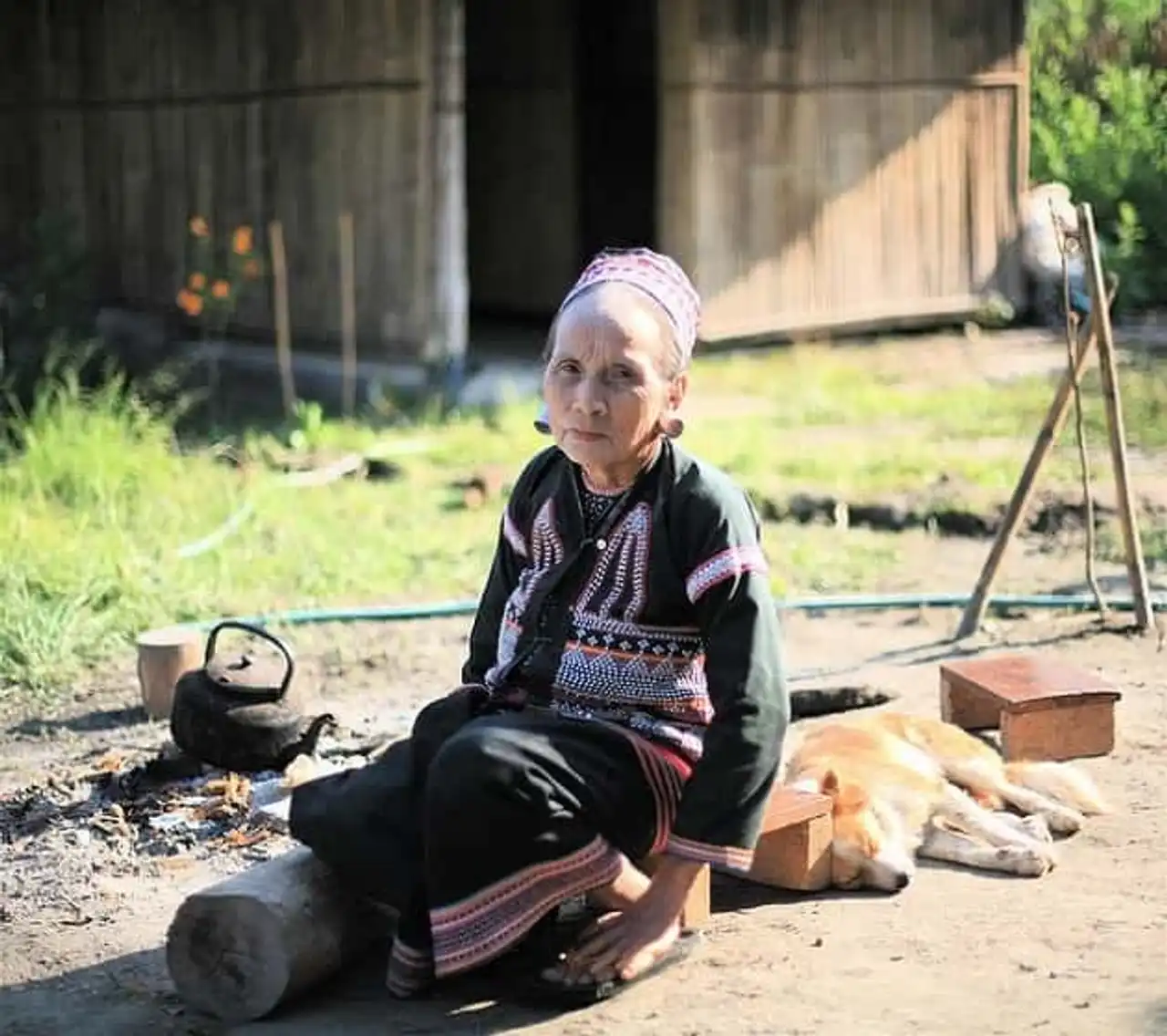
Woman Lahu – Photo credit: Flickr – Steve Jurvetson
♪ Hmong landed Laos in the 1950s, mostly during the civil war in Laos. Their patriarchal society allows polygamy and differs in two groups. On the one hand, the Blue Hmongs which are distinguished by women’s outfits. In blue Hmongs, women wear indigo folded skirts and styling with a huge chignon, while in white Hmongs, women wear white hemp skirts and black turbans. These two groups, however, form part of the same ethnic group, speak a dialect which is their own.
Like the Hmong, Mien have a patriarchal society that allows polygamy. The Mien come almost all from Laos also and are experts in embroidery. They are about 40,000 members living in Thailand, and are amazing for most Western outfits, with the exception of traditional women who continue to wear a black jacket decorated with a simili fur collar with a bright red and large blue turbans. The Mien believe in the belief of a soul called animism, the Mians are inspired by the worship of ancestors, taoism and Chinese beliefs.
♪ Akha , they are probably the poorest mountaineers and are also those who resist most to any assimilation with the Thais. The Akha knows a lineage over 20 generations and their ethnic lines are undoubtedly the most surprising. Indeed, women in all circumstances wear their traditional habits. In the city as in the fields, a beautifully embroidered hairdress of silver discs, coins, pearls and feathers, adorns the head of each woman.
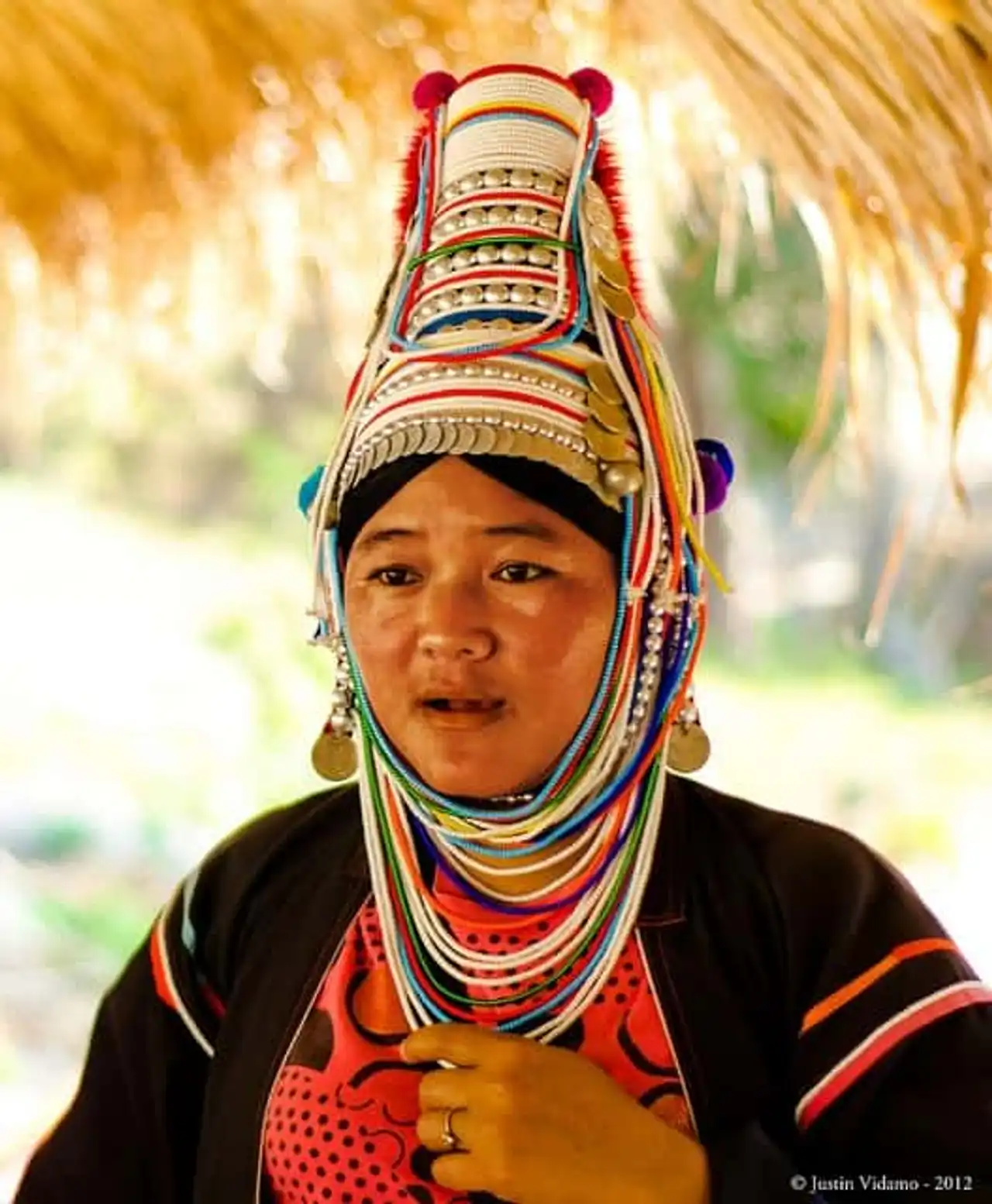
Akha woman – Photo credit: Flickr – Justin Vidamo
I mean, Lisu Like the Akha, they are very quickly distinguished thanks to their outfits, often with very vivid colors, such as green and blue which dominate most often. Lisu women wear long cotton dresses with many striped pieces, men wear large trousers. Often admired by other ethnic groups, the Lisu have a very good business sense and create jewellery for the Akha and Lahu. They also have great self-esteem, probably the key to their success.
Mountain ethnic groups are numerous but represent only a small part of the Thai population. Many of them know how to perpetuate their traditions from generation to generation. The beauty and strength of their community is remarkable and sends any visitor to a journey out of time. Their traditional clothes, their smiles and craftsmanships are fascinating and deserve a getaway in northern Thailand!
Are you ready for a time trip in the mountains?
Main photo credit: Wikimedia – Dmitri Markine
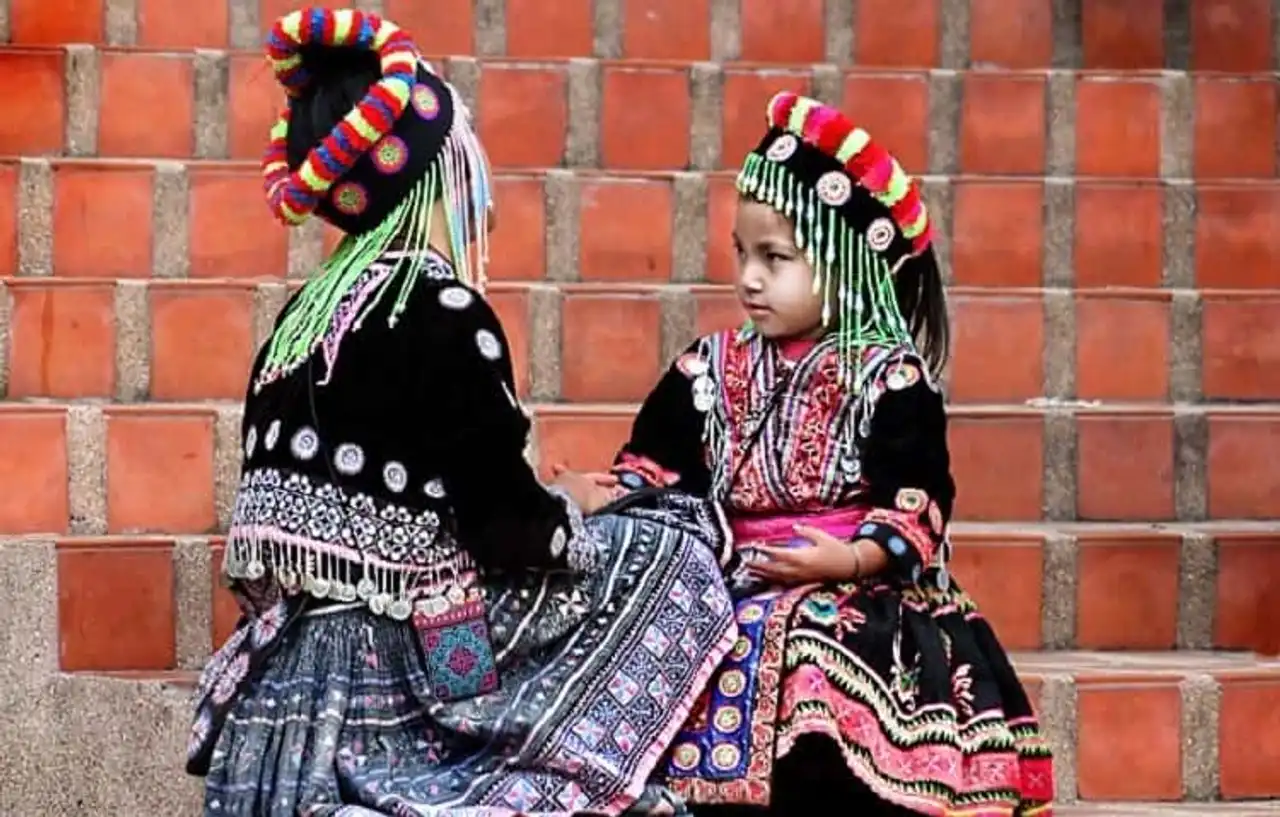




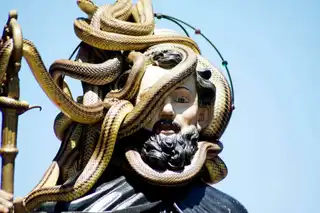
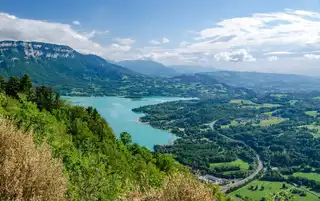

Loading comments ...